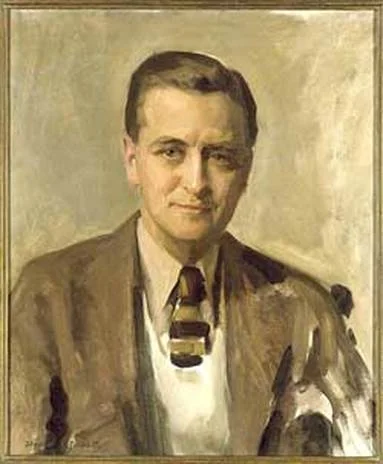Erica Wagner's Chief Engineer: Washington Roebling, The Man Who Built the Brooklyn Bridge
Reviewed by Richard Howe
The name Roebling is so closely bound up with the Brooklyn Bridge that it’s probably worth saying at the outset of this review that Erica Wagner’s Chief Engineer: Washington Roebling: The Man Who Built the Brooklyn Bridge(Bloomsbury, 2017) really is a biography of the man and not — as might be said of David McCullough’s classic The Great Bridge (Simon & Schuster, 1972) — a biography of the bridge. The eldest son of the bridge’s designer and promoter, John A. Roebling, Washington Roebling was born on May 26, 1837, in Saxonburg, Pennsylvania, and died shortly past his eighty-ninth birthday, on July 21, 1926, in Trenton, New Jersey. He served as chief engineer for the construction of what was then known as the East River Bridge for nearly fourteen years, from shortly after his father’s death on July 22, 1869, until he resigned the position not long after the bridge was opened to the public on May 24, 1883 (his assistant C. C. Martin was appointed in his place on July 9, 1883). Washington Roebling was thirty-two when he was appointed chief engineer for the Brooklyn Bridge; he lived another forty-three years after leaving that post. Though it was his position with the bridge project that secured him a place in the history of New York, seventy-five of his eighty-nine years were not spent on the great bridge, and it is perhaps the greatest merit of Erica Wagner’s book that it would be a fascinating and moving read even if its subject had never been chief engineer of the Brooklyn Bridge. I would almost go so far as to say that it might have been an even more fascinating and moving read had he not been.
Read More










